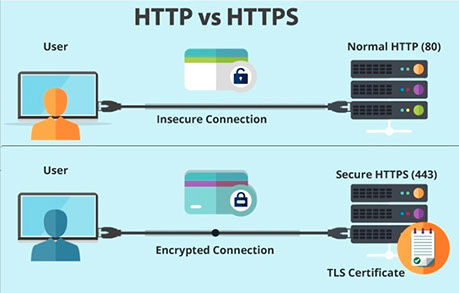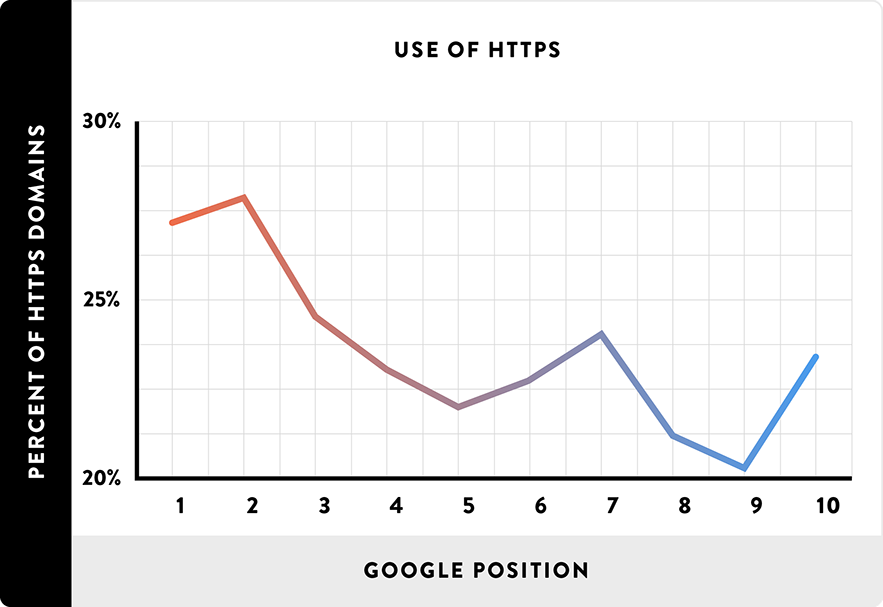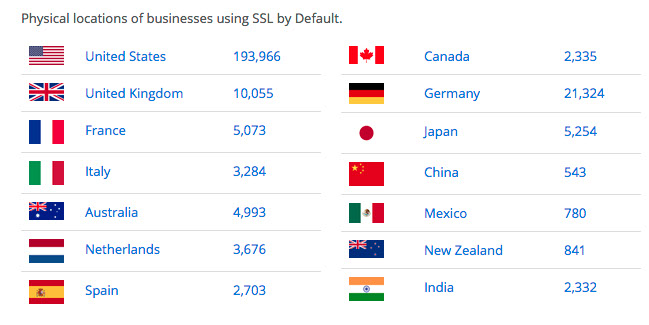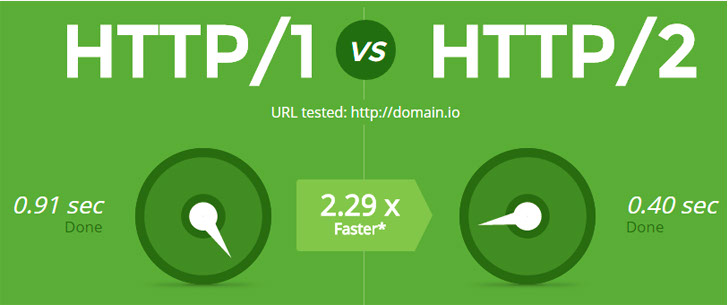
You have most likely heard of HTTP and HTTPS before. HTTP stands for “Hypertext Transfer Product Protocol”, and it is a system enabling the transfer of information on the internet. As HTTP systems are susceptible to manipulation, a new system was introduced in 1994. This is referred to as HTTPS, protecting information travelling on the internet through encryption. When the website is HTTPS compliant, it shows a padlock or green bar.

HTTPS and SEO
Certified HTTPS websites are favoured by search engines as secure, and there are even correlations between HTTPS and the first page of Google’s rankings, although HTTPS certification is not amongst the main ranking factors.

Having said this, with the latest 2017 Google and Firefox browser versions, users are notified when accessing pages which ask for sensitive data but are not encrypted. This is likely to act as a deterrent for some users, as these pages are seen as untrustworthy.
Why switch?
Migrating your website from HTTP to HTTPS is highly advisable. Not only it will make your website more trustworthy in the eyes of your users, but it will also ensure a good user experience. This is why so many websites have switched to HTTPS in the last year, with the US leading the way.

Switching to HTTPS will also help you to capture referral data in Google Analytics which might otherwise be lost. Not only this, but international search engines also seem to consider HTTPS as a ranking factor; last year, the Chinese search engine Baidu announced that it would give priority indexation to websites which are HTTPS compliant. The Russian search engine Yandex seems to also be taking security very seriously, warning users who are entering a non-secure website.
How to switch
Switching to HTTPS is very much like migrating your website to a new URL structure, and the 301 permanent redirect needs to be implemented from HTTP to HTTPS URLs for every page. Without these redirects in place, your website will be available in two separate versions – as HTTP and HTTPS – leading to a website mirror or duplication issue, which may have a negative impact on the website’s rankings.

It is best to make these changes during a quiet time, as you are likely to need an adjustment period, and may incur a reduction in loading speed.
HTTP/2
A new model of security protocols, HTTP/2, will impact the speed at which data is moved between browsers and servers. HTTP/2 will speed up web browsing and make it more efficient, making mobile browsing faster too.

It is very important to mention that while HTTP/2 supports both secure and non-secure connections, both Mozilla Firefox and Google Chrome will only support HTTP/2 over HTTPS, which means that the websites that want to implement HTTP/2 will need to be HTTPS compliant.
Should you make the move?
Before you decide if you would like to go ahead with HTTP/2, it would be worth checking your analytics data. If the majority of your visitors are using a HTTP/2-supporting browser, then perhaps you should consider the move. If you have a website that is currently using HTTP, you should think about moving it to HTTPS first before thinking about an HTTP/2 strategy.
If you are not ready to move to HTTP/2 but have not moved to HTTPS yet, consider doing it in the near future, as it is likely to bring many advantages to you, including potentially higher rankings.







